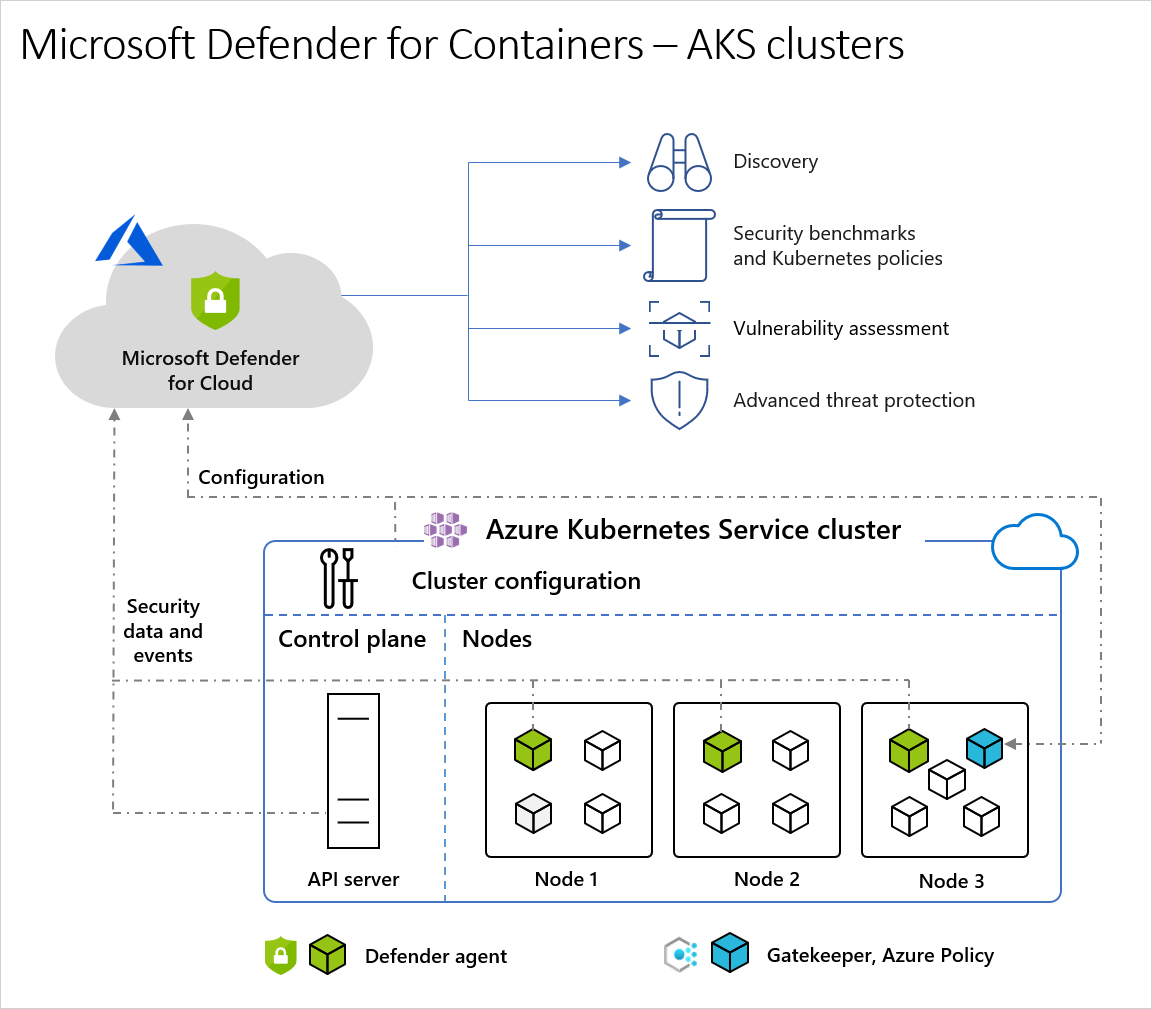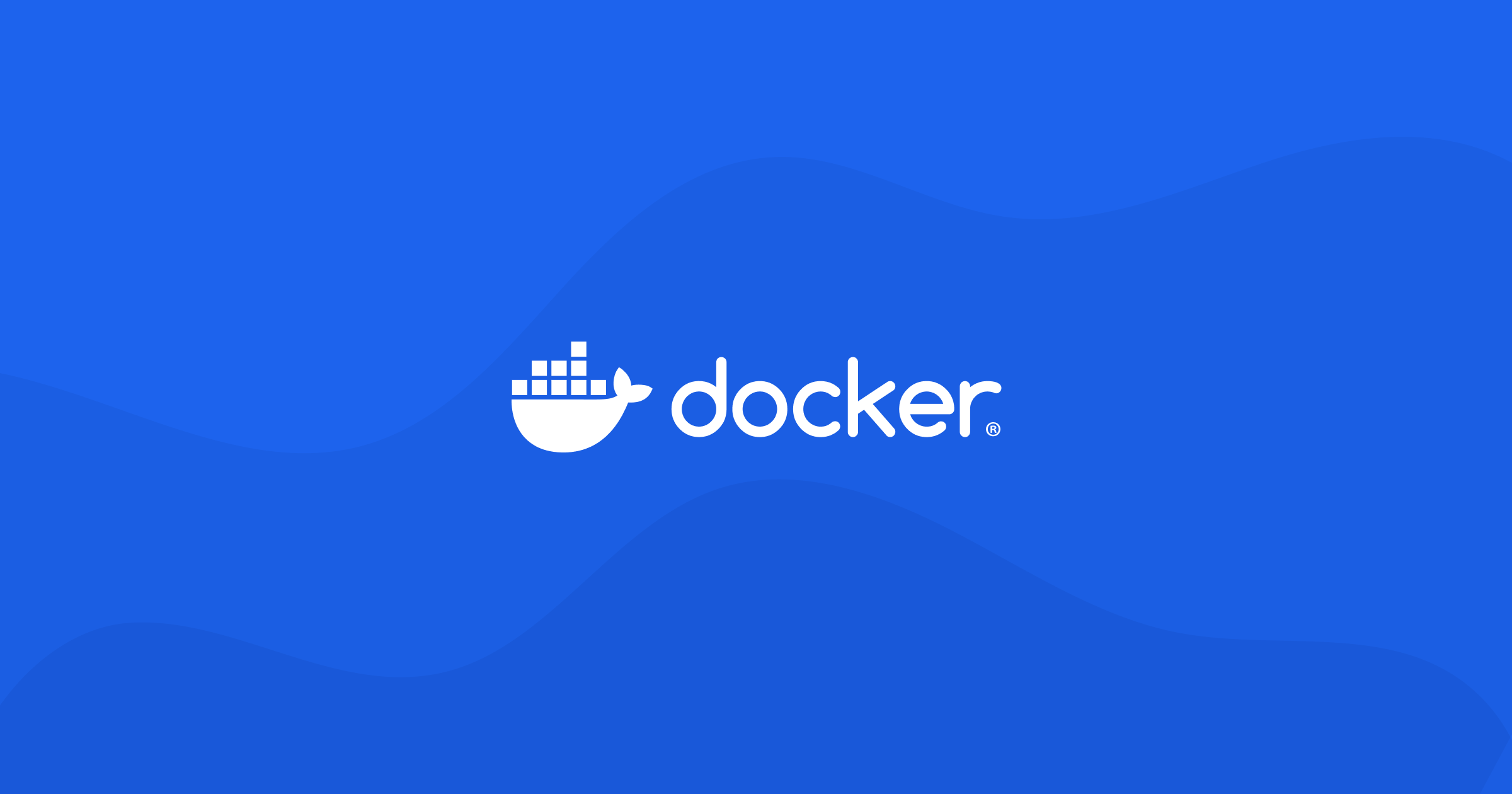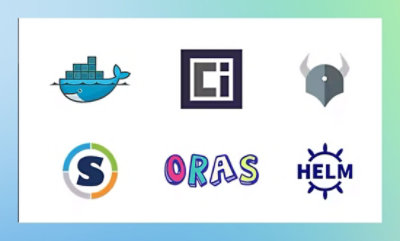Docker Registry Access Management (RAM) addresses one of the biggest enterprise security gaps: developers pulling container images from unauthorized registries. When your team can docker pull from any registry on the internet, you're essentially giving them keys to download potentially malicious software directly onto corporate machines.
The Container Supply Chain Problem

This is what actually happens in every company I've seen: a developer needs a database for testing, searches Docker Hub, and finds totally-legit-postgres with 50 downloads. They pull it, run it locally, and suddenly you have an unknown container with unknown code running on their machine. I've personally seen a "redis" image that was actually a bitcoin miner, and a "lightweight" MySQL that was 2GB and full of malware.
Your security team is blind to this because containers bypass typical software approval processes. IT departments that carefully vet every software installation often have no visibility into what container images developers are using. Docker Scout security scanning can detect vulnerabilities after the fact, but by then the malicious code already ran on the developer's machine.
How RAM Actually Works
Registry Access Management operates at the DNS level within Docker Desktop. When a developer tries to pull an image, Docker Desktop checks the registry hostname against your organization's allowlist before allowing the network request. This DNS-level filtering means:
- No network-level bypass: The restriction happens before Docker contacts the registry
- Works with all registries: Cloud services, on-premises registries, and registry mirrors
- Transparent to developers: Allowed registries work normally, blocked ones show clear error messages
- Comprehensive coverage: Applies to
docker pull,docker push,docker build, and DockerfileADDinstructions
The feature requires Docker Business subscription and enforced sign-in to prevent developers from simply signing out to bypass restrictions.
Enterprise Integration Patterns
RAM works best when combined with other security tools. Most places I've worked combine this with:
Internal registry strategies: Point developers to Amazon ECR, Azure Container Registry, or Harbor while blocking public registries entirely.

Approved vendor lists: Allow specific registries from trusted vendors while blocking general-purpose registries. For example, allow registry.redhat.io for Red Hat images but block Docker Hub.
Registry mirrors: Use Docker Hub mirrors or Artifactory to proxy approved images while maintaining security boundaries.
Security Configuration Challenges
RAM effectiveness depends heavily on proper configuration and enforced sign-in. Without enforced sign-in, users can simply log out of Docker Desktop to bypass registry restrictions entirely. This makes proper configuration management crucial for security effectiveness.
Like any enterprise security feature, RAM has complexity that can lead to misconfigurations. The interaction between Docker Desktop settings, organization policies, and platform-specific behaviors requires careful testing and validation during deployment.
The Configuration Challenge
Setting up RAM correctly requires understanding how container registries actually work, and spoiler alert: they're all lying about their domain requirements. Amazon ECR redirects to seventeen different S3 domains they won't tell you about until your pulls start failing. Google Container Registry uses different domains depending on the region, time of day, and phase of the moon.
Example ECR allowlist requirements (the ones they actually tell you about):
your-account.dkr.ecr.us-west-2.amazonaws.com
amazonaws.com
s3.amazonaws.com
But wait, there's more! Missing production-docker-registry-bucket.s3.amazonaws.com or any of the other secret domains means legitimate pulls will fail with error messages like "registry access denied" that tell you absolutely nothing about which domain you forgot to whitelist. This configuration hell explains why most organizations give up after the third weekend spent debugging why legitimate Docker pulls randomly fail.
Real-World Adoption Patterns

The companies I've helped deploy RAM usually start small because going organization-wide immediately is a shitshow:
- Audit phase: Use Docker Hub Analytics and logging to understand current registry usage
- Internal registry setup: Establish approved registries and mirror critical public images
- Gradual rollout: Start with development teams, expand to staging, then production
- Exception management: Handle legitimate use cases that require specific registries
The most successful deployments combine RAM with developer education about supply chain security and easy access to approved alternatives. Organizations that simply block registries without providing alternatives get developers who spin up personal AWS accounts and mirror sketchy images there because "security is blocking my productivity."
RAM represents Docker's recognition that container security requires policy enforcement, not just vulnerability scanning. While tools like Docker Scout excel at analyzing images after malicious code already ran on your machines, RAM stops the download before developers can grab that suspicious "redis" container with 12 downloads.



